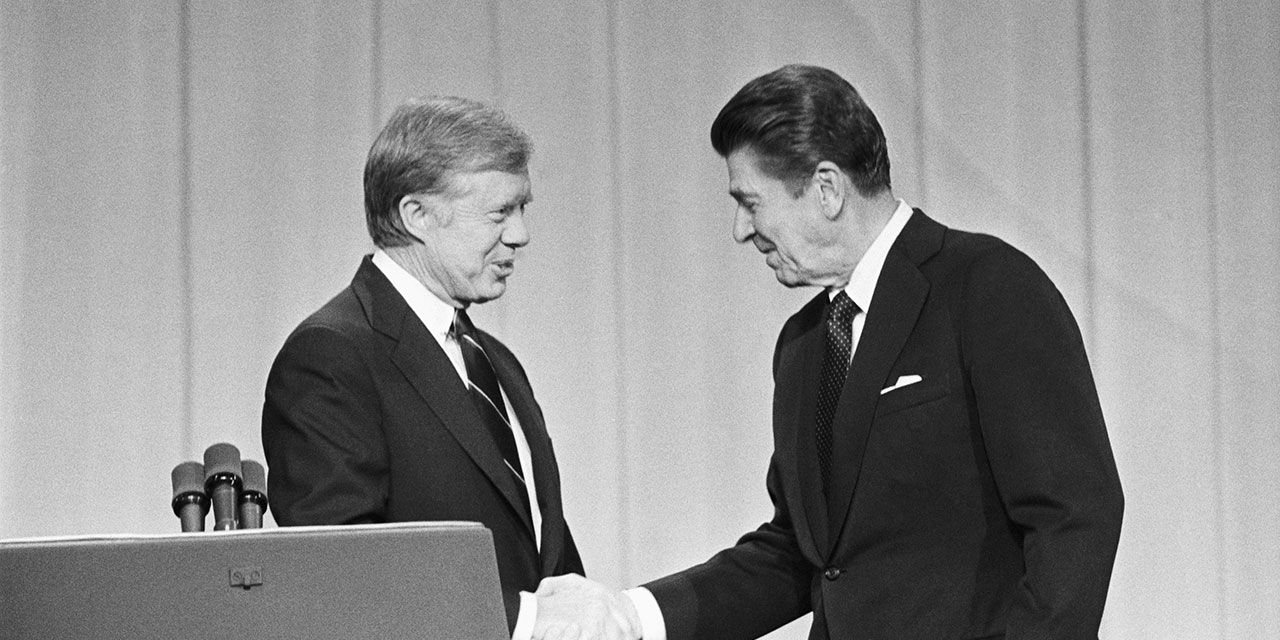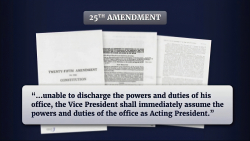
Regulatory Reform from Nixon to Biden: Politics, Economics and Law, by John D. Graham (Edward Elgar, 562 pp., $220)
If one compares American government before 1968 with today’s, the three biggest changes have been the growth in entitlement spending, the expansion of the federal debt, and the advent of what policy analysts call “social regulation.” This term refers to the explosion of stringent mandates for the environment, occupational health and safety, highway safety, public access for the disabled, consumer protection, and race and gender.
Finally, a reason to check your email.
Sign up for our free newsletter today.
In Regulatory Reform from Nixon to Biden, John Graham provides a magisterial consideration of social regulation, providing detailed accounts of the reforms undertaken by each of those presidents. Graham is especially qualified to take on this task, since he is among the most renowned analysts of regulatory reform as well as an important practitioner, having served as director of the Office of Management and Budget’s Office of Information and Regulatory Analysis under President George W. Bush.
His key finding: “the administrative state” is a misleading metaphor. If the term implies a fourth branch of government, there is no such thing. It does not exist in its progressive form—a set of science-driven institutions run by impartial technical experts. Nor is there the politically unaccountable “swamp” that features in populist rhetoric.
Rather, the key force in shaping social regulatory policy is the president. From Nixon to George W. Bush, presidents expanded social regulation. This was even true of Ronald Reagan, who initiated regulatory reforms in immigration, hazardous waste management, pesticides, toxic chemicals, and more. Even when executive agencies initiate and formulate new policies, they go forward only if the president adopts them.
Until the election of Donald Trump in 2017, presidents only rarely sought to repeal their predecessors’ regulatory actions. This reluctance indicates either that they favored the policies or felt that it was too politically risky to reverse them.
Since Trump’s first election, “ping ponging,” in Graham’s formulation, has become far more common. The first Trump administration reversed several ambitious Barack Obama initiatives, including those involving power plant and tailpipe emissions and “Dreamer” immigration rules. Joe Biden then reinstated each of these.
Graham’s book appeared before Trump’s second election in 2024, so it does not examine the ping-pong tournament now taking place. Leaving aside questions about the wisdom of Trump’s attack on stringent regulations, it’s clear that the presidency is not drowning in an administrative quagmire. A strong measure of political accountability regarding this crucial policy arena has been preserved.
However, political accountability is only one virtue that a democratic republic must maintain. The Framers of the Constitution assigned the primary responsibility for policymaking to Congress. They did so because they rightly feared that even a popularly elected chief executive might act dictatorially. Only the legislative branch, whose representatives come from all the diverse constituencies of the republic, could thwart executive aggrandizement and engage in the deliberation and compromise necessary to knit such a vast country together.
As Graham correctly observes, Congress has not adequately performed its constitutionally mandated tasks. It writes statutes that are too vague to enable ready interpretation, and its members spend too much time virtue-signaling to pay proper attention to their agency oversight role. Thus, Graham believes that the president will retain his regulatory preeminence for the foreseeable future.
He acknowledges, though, that two recent court decisions may point the way to a restitution of the proper role of Congress and the courts. In Chevron U.S.A., Inc. v. Natural Resources Defense Council, Inc. (1984), the Supreme Court gave excessive deference to agencies in determining the meaning of a statute. The agencies had only to show that their interpretation of ambiguous statutory language was “reasonable.”
In Loper-Bright Enterprises v. Raimondo (2024), the Court overturned this interpretation. It ruled that courts must instead exercise their own independent judgment in determining whether an agency rule comports with the statute it proposes to implement. After all, statutory interpretation is what judges are trained to do, and their independence from the executive branch facilitates their ability to do so impartially. If the courts reject “creative” agency interpretations, Congress will be forced to clarify its statutory intent.
In West Virginia v. EPA (2022), the Supreme Court ruled against the EPA’s Clean Power Plan, finding that it lacked clear congressional authorization to implement a “generation-shifting” approach to energy production. The majority cited the major questions doctrine, which holds that Congress must “speak clearly if it wishes to assign to an agency decisions of vast economic and political significance.” Ironically, critics of Trump’s deregulatory agenda are now invoking this doctrine. For example, major-questions claims are appearing in suits that challenge the authority of executive agencies to freeze funding for childhood vaccinations and to end birthright citizenship.
Besides enjoying the president’s backing, executive agencies hold two key advantages over Congress: they can credibly claim greater expertise, and in many cases, they actually have it. Obviously, some overlap occurs between the two, but they are not synonymous.
For example, the CDC advocated school closings, widespread masking, banning live religious services, and shuttering businesses on the basis of its supposed expertise in public health. As it happens, these decisions were based not on science but on the public-health profession’s commitment to minimizing risk. The problem here is that choosing an acceptable level of risk and its associated burdens is a political, not a scientific, decision. Only representatives accountable to the people should weigh the risks of infectious disease spread against the costs of closing down schools, businesses, and churches.
Graham makes many sensible proposals for improving the regulatory process. From a separation-of-powers perspective, his most important is to call for the creation of a Congressional Office of Regulatory Analysis (CORA), the legislative equivalent of the executive branch office he once ran. When Congress decided it was ill-equipped to participate in the budgetary process, it created its own expert agency to rival OMB—the Congressional Budget Office. The CBO has improved Congress’s capacity to scrutinize the president’s budget. If adequately funded and staffed, CORA could similarly enhance Congress’s ability to settle major regulatory questions.
“War is too important to be left to the generals,” Georges Clemenceau said. Likewise, major regulations are too important to be left to the president and his agency subordinates.
Photo: Bettmann / Bettmann via Getty Images
Source link


















